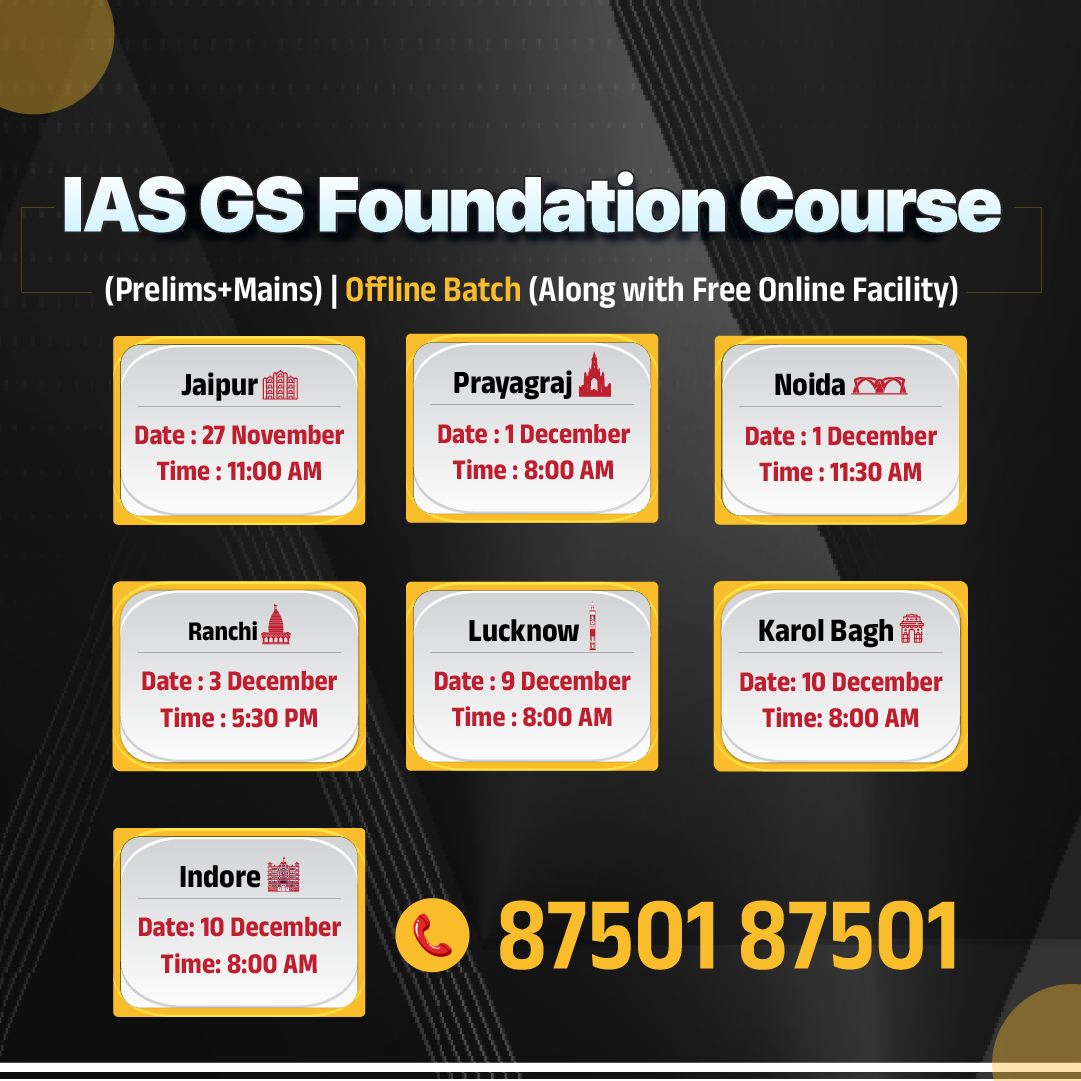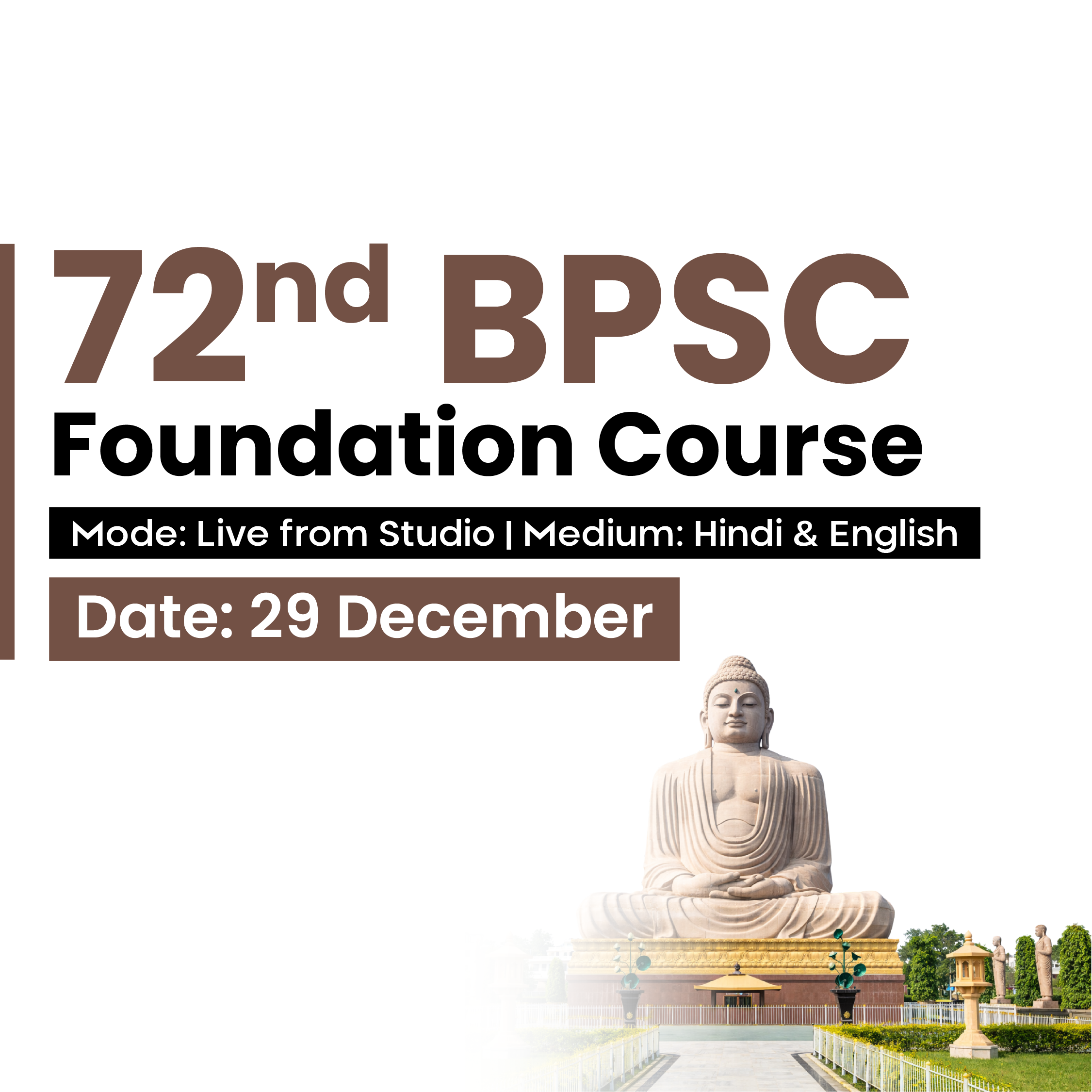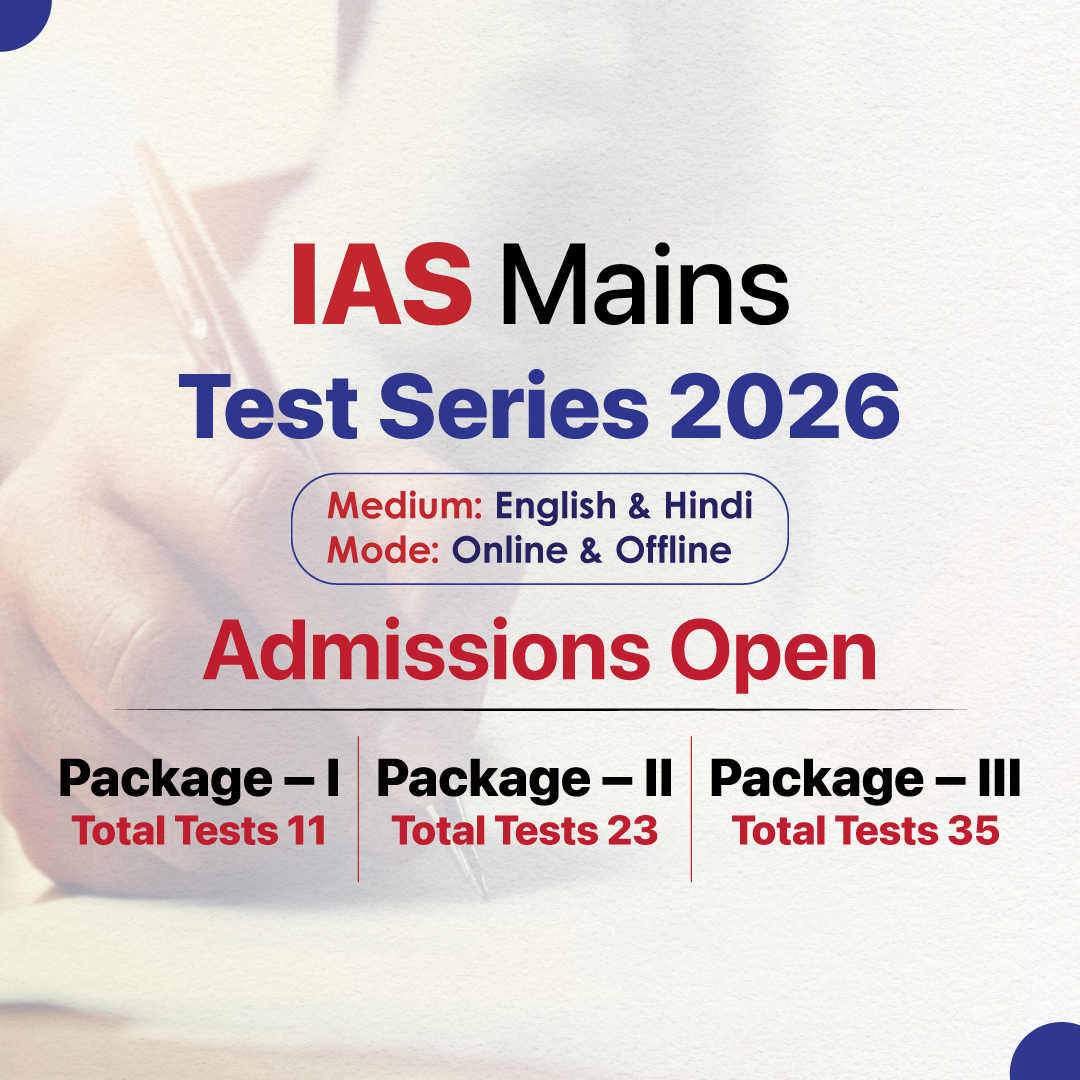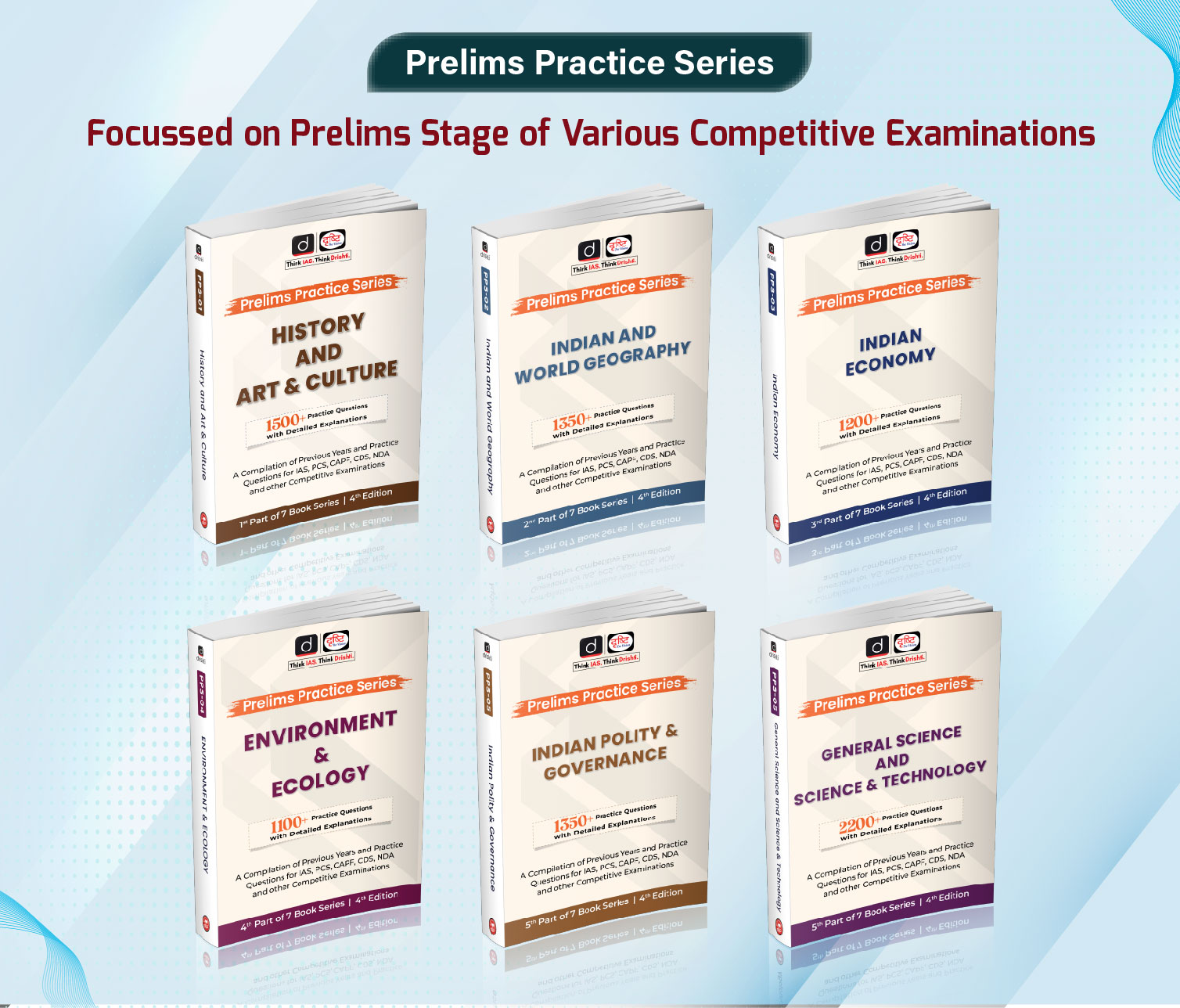Rajasthan Switch to Hindi
Exercise Bold Kurukshetra 2025
Why in News?
The 14th edition of the India–Singapore Joint Military Exercise, Exercise Bold Kurukshetra 2025, commenced on 27th July 2025 in Jodhpur (Rajasthan) and will continue until 4th August 2025.
Key Points
- About: The military exercise involves the participation of the 42 Singapore Armoured Regiment of the 4 Singapore Armoured Brigade and the Indian Army’s Mechanised Infantry Regiment.
- Objective and Structure: Its primary aim is to validate operational procedures for mechanized warfare, ensuring the armies of both nations enhance their interoperability and joint training capabilities.
- The exercise includes a Table Top Exercise, a Computer-Based Wargame, and will conclude with an equipment display by the Indian Army.
- Leadership: The Indian contingent will be led by Colonel Arjun Ganapathi, Commanding Officer of the Mechanised Infantry Regiment, while Lieutenant Colonel Khiew Zhi Yoong, Battalion Commander of the 42 Singapore Armoured Regiment, will lead the Singaporean side.
- Significance: The exercise will consolidate the strong defence ties between India and Singapore and foster greater mutual understanding and collaboration at both tactical and strategic levels.
Jharkhand Switch to Hindi
Sohrai Art Shines at Kala Utsav 2025
Why in News?
Artists from Jharkhand participated in the 2nd edition of Kala Utsav 2025 – 'Artists in Residence Programme' at Rashtrapati Bhavan, showcasing the indigenous mural tradition of Sohrai Art.
- Kala Utsav 2025, held from 14th to 24th July 2025, was graced by the President of India and celebrated India's living art traditions, offering a platform for folk, tribal, and traditional artists to showcase their work.
Key Points
- About: Sohrai Khovar Painting is a traditional indigenous art form practiced by women from various tribal communities in the Hazaribagh region of Jharkhand. These communities include Kurmi, Santhal, Munda, Oraon, Agaria, and Ghatwal tribes.
- It is typically created during harvest and festive seasons, where women use natural earth pigments and bamboo brushes to transform mud walls into vibrant depictions of animals, plants, and geometric motifs.
- Known as harvest art, it is deeply tied to agriculture and cattle domestication, reflecting the agrarian lifestyle of the tribal communities.
- The term ‘Soh’ or ‘Soro’ means to drive away, while ‘Rai’ refers to a stick, symbolizing key elements of the ritual.
- Sohrai Khovar Painting received the prestigious Geographical Indication (GI) tag in 2020.
Rajasthan Switch to Hindi
Mission Hariyalo Rajasthan
Why in News?
The Chief Minister launched a statewide green drive, declaring the goal to plant 50 crore trees in five years under the Mission Hariyalo Rajasthan.
Key Points
- About: The Mission Hariyalo Rajasthan was launched on 7th August 2024 on the occasion of Hariyali Teej. This initiative aims to make Rajasthan greener, enhancing the state’s environmental health and overall prosperity.
- Targets: The campaign draws inspiration from the Prime Minister's initiative 'Ek Ped Maa Ke Naam', launched last year on World Environment Day (5th June).
- 2.5 crore saplings are set to be planted on Hariyali Teej, following last year's record of over seven crore saplings.
- Urban Forest Initiative: The Chief Minister also announced the creation of 22 Urban Forests (Nagar Vans) across Rajasthan with central government support, and plans for 18 more have already been submitted.
- These green spaces aim to improve air quality and provide natural havens in densely populated urban areas.
- Other Conservation Efforts:
- The state is also implementing the "One District One Species" program to promote native plant species, fostering biodiversity across Rajasthan.
- Under the Aravalli Green Development Project, ₹250 crore is being invested in 19 Aravalli districts for soil development and plantation efforts.
- Special attention is also being given to desert districts such as Barmer and Jaisalmer to combat desertification.
- Traditional Reverence for Nature: Rajasthan's legacy of environmental stewardship, inspired by Amrita Devi's 18th-century sacrifice with her daughters to protect trees, continues to motivate the present generation's efforts to preserve nature.
Maharashtra Switch to Hindi
Nobel Prize Dialogue
Why in News?
The Nobel Prize Dialogue will be held in India for the first time in November 2025, in collaboration with Tata Trusts, with events in Bengaluru and Mumbai.
Key Points
- About:
- The Nobel Prize Dialogue is a prestigious event that brings together Nobel Prize laureates and leading thinkers to engage in discussions about global challenges and solutions.
- The event emphasizes the importance of investing in knowledge, creativity, and the potential of young people to create a more equitable, sustainable, and innovative world.
- The Nobel Prize Dialogue is inspired by the Nobel Week Dialogue, which has been taking place annually in Sweden since 2012, on the eve of the Nobel Prize award ceremony.
- Prominent Participants: Nobel laureates David MacMillan (Chemistry, 2021) and James Robinson (Economic Sciences, 2024) will participate, alongside experts from diverse fields such as science, business, and policy-making.
- Focus Area: The central theme of the dialogue is "The Future We Want", which explores pathways to a sustainable future through collaborative efforts in science, policy, and innovation.
The Nobel Prize
- About: Alfred Nobel, a Swedish inventor, entrepreneur, scientist, poet, and playwright, established the Nobel Prizes in 1895.
- First Awards: The first Nobel Prizes were awarded in 1901, and they have been awarded annually since. There were no prizes awarded during World War I and World War II.
- Categories: The Nobel Prizes are awarded in Physics, Chemistry, Physiology or Medicine, Literature, and Peace.
- In 1968, the Sveriges Riksbank Prize in Economic Sciences in Memory of Alfred Nobel was added.
- Other Features: A Nobel Prize can be shared by up to three individuals, or an organization in the case of the Peace Prize.
- Nobel Prizes cannot be awarded posthumously.
- Nobel’s will and the Nobel Foundation’s statutes do not allow for the revocation of a Nobel Prize.
Bihar Switch to Hindi
Bihar Patrakar Samman Scheme
Why in News?
Bihar Chief Minister Nitish Kumar announced a hike in pensions for retired journalists under the Bihar Patrakar Samman Scheme (BPSS).
Key Points
- About: Under BPSS, the monthly pension has been increased from Rs 6,000 to Rs 15,000.
- In the case of the pensioner's death, dependents/spouse will now receive Rs 10,000 per month, up from the earlier Rs 3,000.
- The scheme recognised the vital role of journalists as the fourth pillar of democracy and reiterated the state’s commitment to their dignity post-retirement.
- Eligibility of Journalists Under BPSS: The revised pension applies to all eligible retired journalists registered with the Bihar government who meet the following eligibility criteria under the scheme:
- The applicant must be a resident of Bihar.
- Retired journalists with 20 years of experience in journalism are eligible.
- The applicant must be 60 years of age to avail the benefits of the scheme.
- The journalist must be recognized by the Information and Public Relations Department (IPRD), and the certificate must be verified by the State Government.
Uttar Pradesh Switch to Hindi
UP Governor Inaugurates Miyawaki Forest at ABVMU
Why in News?
Uttar Pradesh Governor and Chancellor Anandiben Patel inaugurated a Miyawaki forest at Atal Bihari Vajpayee Medical University (ABVMU) in Lucknow and participated in a sapling plantation drive.
About Miyawaki Plantation Method
- It was named after Japanese botanist Akira Miyawaki. This method involves planting two to four different types of indigenous trees within every square metre.
- The methodology was developed in the 1970s, with the basic objective to densify green cover within a small parcel of land.
- In this method, the trees become self-sustaining, and they grow to their full length within three years.
- The plants used in the Miyawaki method are mostly self-sustaining and don’t require regular maintenance like manuring and watering.
- The dense green cover of indigenous trees plays a key role in absorbing the dust particles of the area where the garden has been set up. The plants also help in regulating surface temperature.
- Some of the common indigenous plants that are used for these forests include Anjan, Amala, Bel, Arjun, and Gunj.
- These forests encourage new biodiversity and an ecosystem, which in turn increases the fertility of the soil.
Uttar Pradesh Switch to Hindi
Funding for PMAY Urban 2.0 in Uttar Pradesh
Why in News?
The Uttar Pradesh government has secured financial approval of Rs 12,031 crore under the Pradhan Mantri Awas Yojana (Urban) Mission 2.0, aimed at constructing permanent pucca houses for the urban poor.
Key Points
- The scheme is being closely monitored by both state and district-level officials to ensure timely delivery and quality standards.
- Geo-tagging and photographic documentation will be mandatory to allow real-time construction monitoring.
- Houses will be equipped with disaster-resilient features to withstand earthquakes, floods, and other calamities.
- CM Yogi Adityanath has directed officials to ensure strict adherence to quality and transparency.
About Pradhan Mantri Awas Yojana – Urban (PMAY-U) 2.0
- Launch Year: 2024 (PMAY-U was originally launched in 2015)
- Nodal Ministry: Ministry of Housing and Urban Affairs (MoHUA)
- Type: Centrally Sponsored Scheme
- Interest Subsidy Scheme (ISS) component is Central Sector Scheme
- Eligibility: EWS/LIG/MIG families without pucca house; income up to ₹9 lakh
- Benefits: Subsidy for all-weather pucca houses
- Target: 1 crore urban families (construction, purchase, rental)
- Total Outlay: ₹10 lakh crore (₹2.3 lakh crore Central Assistance)
- Coverage Area: The scheme covers all statutory towns notified in the Census 2011 and towns notified subsequently by State Governments.
- Notified Planning Areas and regions under Urban Development or Industrial Authorities are included under PMAY-U 2.0.
Uttar Pradesh Switch to Hindi
NHRC Hosts National Symposium on Women’s Safety with University of Lucknow
Why in News?
The National Human Rights Commission (NHRC), in collaboration with the University of Lucknow, held the National Symposium on ‘Women’s Safety at Work and Public Spaces’, amid growing concerns over gender-based violence in professional and public domains.
Key Points
- NHRC Chairperson Justice V. Ramasubramanian, highlighted the stark contrast between India's cultural reverence for women and the alarming frequency of violence, 51 FIRs every hour.
- He also underlined the long struggle leading to the Sexual Harassment of Women at Workplace (Prevention, Prohibition and Redressal) Act, 2013, and called for systemic, enforcement-led, and awareness-driven reforms.
- He urged educators and society to foster gender-sensitive behaviour.
- Institutional Gaps and Policy Suggestions: Symposium noted the gaps in law enforcement, institutional responsiveness, and public awareness, stressing the need for:
- Greater female representation in decision-making bodies.
- Inclusion of the informal sector in women’s safety discourse.
- Promotion of SHE-Box, One Stop Centres, and Pink Police Booths.
- Key Recommendations of Symposium:
- Policy-implementation-awareness triad must be addressed in unison.
- Informal sector workers need tailored outreach and protection.
- Sensitisation must begin at the individual and familial level.
- Inclusive spaces and representation for women must be institutionalised.
- Educational institutions should actively promote gender awareness and conduct training.
About National Human Rights Commission (NHRC)
- The NHRC of India is an autonomous statutory body established to promote and protect human rights.
- It was constituted on 12th October 1993 under the Protection of Human Rights Act (PHRA), 1993, which was later amended in 2006 and 2019.
- The Commission was established in conformity with the Paris Principles, which are international standards adopted for promoting and protecting human rights.
- The Paris Principles are the set of international standards adopted for the promotion and protection of human rights in Paris (October, 1991) and endorsed by the General Assembly of the United Nations (UN) on 20th December 1993.
- These principles guide the work of National Human Rights Institutions (NHRIs) across the world.
- Powers of NHRC: NHRC is vested with powers equivalent to those of a civil court as per the Code of Civil Procedure, 1908.
- NHRC Investigation Team: The NHRC has its own investigation team led by a Director General of Police.
West Bengal Switch to Hindi
Calcutta Club Elects First Woman President
Why in News?
Calcutta Club, a prestigious social institution that opened its doors to individual women members only in 2007, has made history by electing its first female president.
Key Points
- About: Businesswoman Kasturi Raha triumphed in the club's election, defeating P.K. Mukherjee and Snehashish Bhaumik to claim the top position.
- Raha's election is a significant achievement as she becomes the first woman to lead the club, marking a pivotal moment in its century-long history.
- She had previously made history as the third woman to be granted independent membership at the Calcutta Club and was the first woman elected to its managing committee in 2013.
- Calcutta Club: Established in 1907, the club followed the tradition of London clubs, excluding women from membership.
- Women could only access the facilities as dependents of male members.
- Special membership was granted to widows of male members, while NRI and corporate memberships were also restricted to men.
Madhya Pradesh Switch to Hindi
Dev Kumar Sets National Pole Vault Record in FISU
Why in News?
Madhya Pradesh’s Dev Kumar Meena (from Silphodkheda village, Dewas district) has rewritten the men’s pole vault national record once again, clearing 5.40 metres during the qualifiers at the FISU (Fédération Internationale du Sport Universitaire/International University Sports Federation) World University Games 2025 in Rhine-Ruhr, Germany.
- He broke the national record thrice in a year, becoming the first Indian male to reach the World University Games pole vault final.
About Dev Meena’s Record-Breaking Feat
- New Record Set: 5.40m in qualifiers, breaking his previous record of 5.35m set at the Federation Cup in Kochi.
- Previous Progression:
- 5.32m – National Games 2025
- 5.35m – Federation Cup 2025
- 5.40m – FISU World University Games
- Earlier Record: Subramani Siva’s 5.31m (2022), surpassed by Meena in 2025.
- Event Details: Cleared 5.05m and 5.25m on first attempts, and broke the record on his second try at 5.40m.
About India’s Performance at FISU World University Games 2025
- Total Medals So Far: 5
- Archery: 1 Gold, 1 Silver, 1 Bronze
- Tennis: Vaishnavi Adkar - Bronze (Women’s Singles)
- Badminton: Mixed Team - Bronze (July 20)
What is Pole Vault?
- The pole vault is a track and field event in which an athlete vaults over a 4.5-metre-long horizontal bar. The vaulter sprints down a runway, plants a long, flexible pole against a ‘stop board’ at the back of a recessed metal box sited centrally at the base of the uprights.
- They then launch themselves into the air, seeking to clear the greatest height without knocking the bar to the ground.
About FISU World University Games
- FISU is organized by the International University Sports Federation (FISU), the World University Games (also known as the Universiade) is a premier international multi-sport event for student-athletes aged 17–25, held every two years in a different host city.
- Guided by the motto "Excellence in Mind and Body," the Games combine elite athletic competition with cultural and educational enrichment, promoting holistic development among global university students.
- In 2025, the Summer edition was hosted in the Rhine‑Ruhr region of Germany from July 16 to 27, with over 113 countries and thousands of participants.
West Bengal Switch to Hindi
Discovery of New Spider and Parasitic Wasp Species
Why in News?
In a remarkable development, scientists from the Zoological Survey of India (ZSI) have announced the discovery of a new species of wolf spider and four new species of spider-egg parasitic wasps in the state of West Bengal, India.
Key Points
- About: The findings highlight the region's rich yet largely unexplored biodiversity and have been documented in recent publications in esteemed international journals.
- The discovery of both the Piratula acuminata spider and the Idris wasps underscores the importance of systematic taxonomy and molecular tools in unveiling India’s hidden biodiversity.
- New species of wolf spider- Piratula acuminata:
- One of the standout discoveries is the identification of Piratula acuminata, a new species of wolf spider. This marks the first record of the genus Piratula in India.
- The spider was found on Sagar Island, which is part of the ecologically sensitive Sundarbans delta—a region that is home to diverse wildlife and complex ecosystems.
- The newly discovered spider belongs to the Lycosidae family, commonly known as wolf spiders.
- Unlike other spiders that weave webs, wolf spiders are known for their agile and nocturnal hunting skills. They are ambush predators, capturing prey with incredible precision and speed.
- This medium-sized spider, measuring approximately 8 to 10 millimeters, is easily distinguished by its creamy-white body adorned with brown and chalk-white spots.
- Its unique genital structures further set it apart as an undocumented species, signaling its novelty to the scientific community.
- Four New Species of Parasitoid Wasps- Idris:
- In a separate study, another group of ZSI researchers, led by K. Rajmohana, described four new species of parasitoid wasps belonging to the genus Idris (Hymenoptera: Scelionidae).
- These wasps, identified as Idris bianor, Idris furvus, Idris hyllus, and Idris longiscapus, were collected from agroecosystems and semi-natural habitats across West Bengal between 2021 and 2023.
- Parasitoid wasps, especially those in the Idris genus, play an essential role in controlling spider populations.
- As primary egg parasitoids of jumping spiders (Salticidae), these wasps exhibit gregarious parasitism, where multiple wasps emerge from a single spider egg sac. This unusual behaviour highlights the fascinating and complex relationships within ecosystems.
Zoological Survey of India (ZSI)
- ZSI is a subordinate organization of the Ministry of Environment, Forest and Climate Change (MoEFCC) and was established in 1916 as a national center for the faunistic survey and exploration of the resources, leading to the advancement of knowledge on the exceptionally rich faunal diversity of the country.
- It has its headquarters at Kolkata and 16 regional stations located in different geographic locations of the country.

.gif)

.png)
















.png)


.jpg)



 PCS Parikshan
PCS Parikshan




